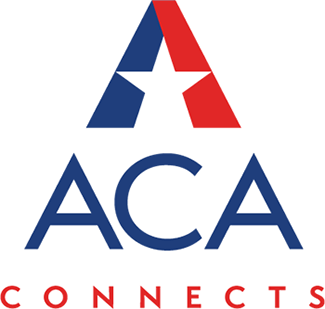Cable Groups Ask for 2-year Window on EAS Changes


The request comes as the FCC considers amending its rules regarding the transmission of messages through the Emergency Alert System (EAS), with a specific focus on how those messages are transmitted visually and audibly.
Last year, officials at the FCC said they were considering updates to Part 11 of the commission’s rules regarding EAS messages that would require broadcasters to update certain terminology regarding national emergency messages, use a pre-written script as the visual message for such alerts and to poll the national IPAWS emergency messaging system when a local or state message is transmitted to stations and cable operators.
Federal regulations require local cable operators to install equipment capable of receiving messages transmitted through the Emergency Alert System, even if they hold an authorization letter from the FCC waiving their participation in the program.
The proposed rule would change the way EAS messages are delivered through text tickers, or “crawls,” that are commonly displayed on broadcast and cable television during the transmission of an EAS message or test so that the text of the crawl offers better information about the type of message being sent.
Last week, the trade group ACA Connects filed a reply brief with the FCC saying its member operators participate in the EAS network, but warning that significant changes to how EAS messages are received and transmitted through their systems would be complex and has the potential to “introduce some risk of failure or malfunction.”
“Though there may be room for improvement in this area, the EAS performs its core function — wide distribution of emergency alerts to the general public in both audio and visual formats — with a high degree of reliability,” ACA Connects wrote in its brief.
ACA Connects did not say it was opposing the changes, but did request the FCC grant cable operators a two-year window to make changes to their equipment and methodology in order to comply with any changes that do come down the line. The two-year window was originally requested in separate comments filed by NCTA, a trade organization that represents larger cable providers and content programmers.
Read more from Fierce Video here.
